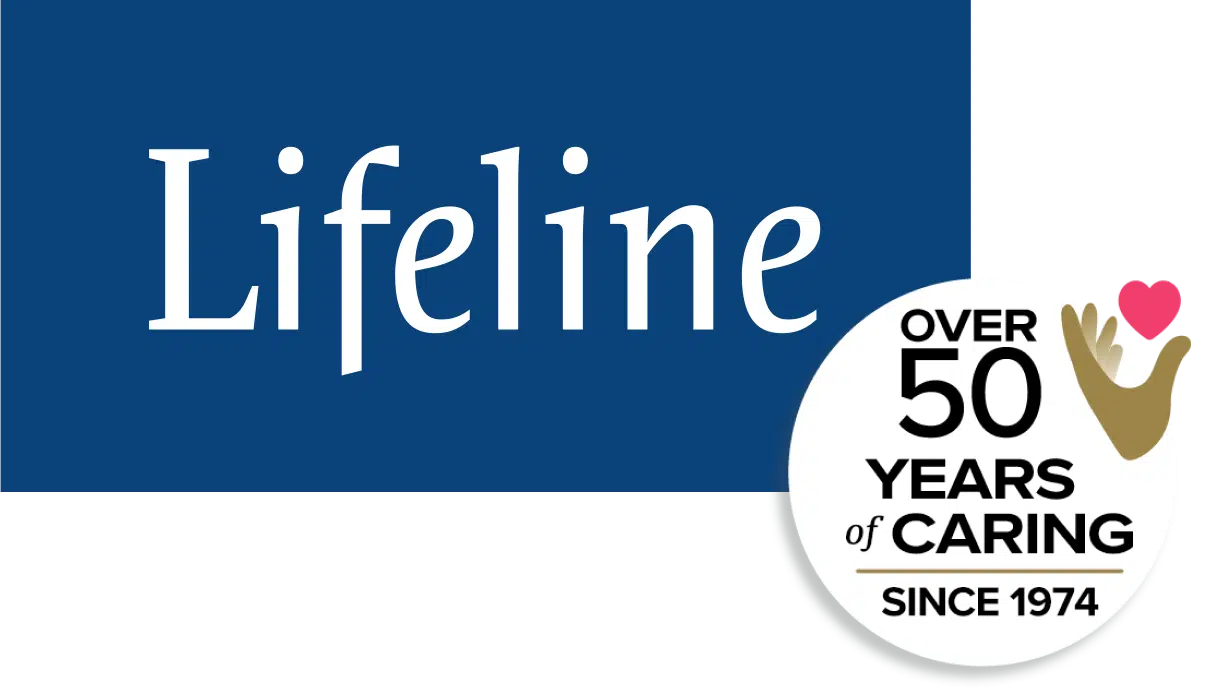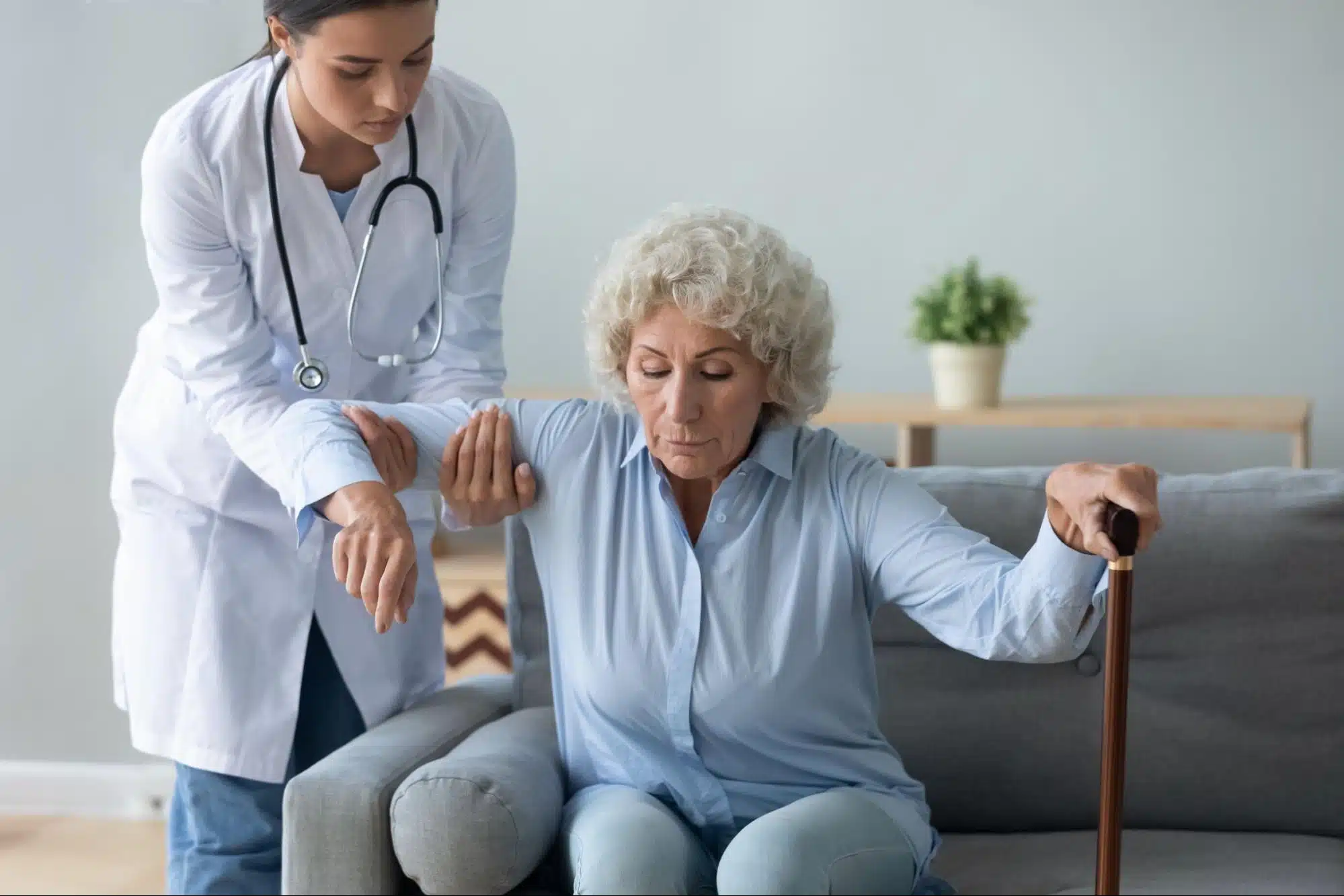How to Use Walkers and Canes: Prevent Falls Among the Elderly
Author: Lifeline Canada
Date: 5 November 2024
Did you know that falls are the leading cause of injury-related hospitalizations among Canadian seniors, with 20% of seniors who experience a fall suffering serious injuries such as broken bones? Mobility aids like walkers and canes are essential tools that can help reduce this risk and keep seniors steady on their feet. However, to fully benefit from these aids, they must be used correctly. In this guide, we’ll explore how to use walkers and canes properly, their benefits, and how to choose the right equipment to prevent falls and maintain mobility.
Disclaimer: Don’t disregard professional medical advice, or delay seeking it, because of what you read here. This information is not intended as a substitute for professional consultation, diagnosis, or treatment; it is provided “as is” without any representations or warranties, express or implied. Always consult a healthcare provider if you have specific questions about any medical matter.
Benefits of Walkers and Canes
Mobility aids such as walkers and canes are invaluable in helping seniors maintain their balance and reduce the risk of falls. Here’s how they can make a difference:
- Improved Balance and Stability: Walkers provide support on multiple sides, making them ideal for individuals with severe balance issues. Canes, on the other hand, offer more targeted support and are perfect for those with milder balance or gait challenges.
- Increased Confidence: Using a walker or cane can boost confidence when walking, especially in unfamiliar or challenging environments. This psychological benefit is significant, as fear of falling can sometimes lead seniors to limit their movements, which could eventually result in reduced mobility.
- Injury Prevention: Whether recovering from surgery or managing a medical condition that affects balance, walkers and canes offer vital support to prevent further injury. These aids help distribute weight evenly, reducing strain on vulnerable joints or muscles.
Research by Canadian health authorities and fall prevention organizations highlights the link between mobility aids and a reduction in fall risk. By providing both physical and psychological benefits, these aids support seniors in living more independent and active lives.
Proper Usage Techniques
To gain the full benefit of walkers and canes, it’s essential to use them correctly. Improper use can lead to discomfort, injury, or even an increased risk of falls. Below are guidelines for the proper usage of both types of assistive devices:
How to Use a Walker
- Stand Upright: Keep both hands gripping the walker handles firmly while maintaining an upright posture.
- Move the Walker Forward: Gently lift and move the walker a step ahead. Avoid dragging it along the ground.
- Step Into the Walker: Step forward, one leg at a time, keeping your weight evenly distributed between your legs and the walker.
- Maintain a Steady Pace: Keep your movements smooth and deliberate, avoiding sudden steps or turns that could cause imbalance.
How to Use a Cane for Walking
- Hold the Cane Correctly: Grip the cane in the hand opposite to your weaker or injured leg.
- Coordinate Your Movements: Move the cane forward in sync with your weaker leg.
- Keep the Cane Stable: Ensure the cane touches the ground before you step forward with your stronger leg. This rhythm provides balance as you move.
Common Mistakes to Avoid
- Leaning Too Heavily: Relying too much on the walker or cane can lead to poor posture, which could strain your back or shoulders.
- Improper Height Adjustment: Make sure the walker or cane is adjusted to your height. If it’s too high or too low, it can cause discomfort and increase the risk of falls.
- Unsteady Surfaces: When using these aids outdoors or on uneven surfaces, extra care must be taken to maintain balance.
For more visual guidance on proper usage, including diagrams, consider consulting with a physical therapist who specializes in mobility aids. Correct usage will allow you to move with confidence, whether indoors or outdoors.
Choosing the Right Equipment
Selecting the appropriate mobility aid depends on individual needs and circumstances. Remember, consulting a healthcare provider can help ensure you’re using the correct equipment for your specific needs. Here are some factors to consider when choosing between a walker and a cane:
Walkers
- Stability: Walkers provide more stability than canes, especially for seniors with severe balance issues. Some walkers come with features like wheels or brakes for easier movement.
- Height Adjustability: Walkers must be adjusted to your height to ensure proper posture and safety.
- Features: Some walkers include a seat or basket, making them practical for longer walks or shopping trips.
Canes
- Single-Point vs. Quad-Point: Single-point canes are lighter and easier to maneuver, while quad-point canes provide extra stability with their four-pronged base.
- Ergonomic Handles: Choosing a cane with a comfortable handle can reduce strain on your hands and wrists, making it easier to use for extended periods.
- Weight Capacity: Ensure the cane you select can support your body weight without compromising stability.
Improperly fitted mobility aids can increase fall risk, so it’s crucial to consult a healthcare provider to ensure your walker or cane meets your needs. Regular equipment maintenance is also important—check for wear and tear, and ensure that all components are working properly. For more information on choosing mobility aids, visit external resources like the Government of Canada’s Guide to Home Safety for Seniors.
Additional Resources
For seniors and caregivers looking to enhance safety further, there are numerous resources available:
- Fall Prevention Guides: Lifeline Canada offers several posts about senior mobility, as well as a fall prevention guide.
- Physiotherapy and Safety Audits: Consulting a physiotherapist or conducting a home safety audit can identify additional ways to prevent falls and improve mobility.
- External Support Services: Consider reaching out to local support services for seniors, such as home care providers or mobility specialists.
Walk with Confidence
Walkers and canes are essential tools that empower seniors to maintain their independence, confidence, and safety. By practicing proper usage techniques, selecting the right equipment, and staying informed, seniors can reduce their risk of falls and embrace a more active lifestyle.
For added support, consider Lifeline Canada’s range of medical alert devices. Many of our products, such as On The Go, include standard fall detection, ensuring peace of mind for you or your loved one, in addition to the reliability of their walker or cane.
Questions or looking to explore which product might be right for you? Reach out to us today; we’re happy to help!
What You Should Do Now:
Here are 5 ways we can help you or your loved one live safer and more independently at home as long as possible:
- Get our latest tips, tools and resources straight to your inbox. Sign up for our monthly newsletter.
- Not sure if the time is right for a medical alert service? Take this quick assessment to find out.
- If you would like to learn how to live a healthier and safer lifestyle, go to our blog or visit our resources section, where you can read and download guides.
- Wondering which medical alert system company is the best for your needs? We’ve put together a guide comparing the best medical alert systems for you.


